Glabridin
Synonym(s):(R)-4-(3,4-Dihydro-8,8-dimethyl-2H,8H-benzo[1,2-b:3,4-b′]dipyran-3-yl)-1,3-benzenediol;4-[(3R)-3,4-Dihydro-8,8-dimethyl-2H,8H-benzo[1,2-b:3,4-b′]dipyran-3-yl]-1,3-benzenediol;Glabridin
- CAS NO.:59870-68-7
- Empirical Formula: C20H20O4
- Molecular Weight: 324.37
- MDL number: MFCD03427694
- EINECS: 611-908-7
- SAFETY DATA SHEET (SDS)
- Update Date: 2025-12-26 16:58:18
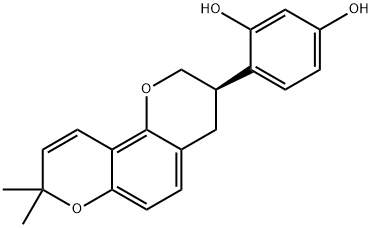
What is Glabridin?
Chemical properties
White to tan powder, insoluble in water, easily soluble in organic solvents such as ethanol, propylene glycol, 1,3-butanediol, etc.
The Uses of Glabridin
Glabridin is a compound extracted from Licorice (root) shows properties that are cytotoxic, antimicrobial, estrogenic and anti-proliferative.
Definition
ChEBI: Glabridin is a member of the class of hydroxyisoflavans that is (R)-isoflavan substituted by hydroxy groups at positions 2' and 4' and a 2,2-dimethyl-2H-pyran group across positions 7 and 8 respectively. It has a role as an antiplasmodial drug. It derives from a hydride of a (R)-isoflavan.
Benefits
Glabridin has strong antibacterial effects and can prevent inflammation, pigmentation, and rough skin caused by ultraviolet rays. It can also remove superoxide ions and inhibit hemolysis caused by hydrogen peroxide. Moreover, it can inhibit the activity of tyrosinase and the conversion of dopachrome, making it an effective and environmentally-friendly additive for whitening and freckle removal in cosmetics. Additionally, Glabridin possesses similar abilities to scavenge oxygen free radicals as SOD (superoxide dismutase) and vitamin E, making it a powerful antioxidant.
Biochem/physiol Actions
Glabridin is a bio-available isoflavan isolated from licorice (Glycyrrhiza glabra L.) root extract. Glabridin has been reported to posses varies biological activities including strong antioxidant activity, antioxidant against LDL oxidation, anti-Helicobacter pylori properties, estrogen-like activity and antinephritic and radical scavenging activities. Also it appears to inhibit serotonin re-uptake, melanogenesis, inflammation and cytochrome P450 3A4, 2B6, and 2C9.
Mode of action
Glabridin[59870-68-7] is one of the main flavonoid components in Glycyrrhiza glabra. It shows a strong anti-free radical oxidation effect in the cytochrome P450/NADPH oxidation system, which can significantly inhibit the free radicals produced in the metabolic process of the body, to avoid oxidative damage to oxidation-sensitive biological macromolecules (low-density lipoprotein LDL, DNA) and the cell wall, etc. by free radical oxidation. Thus, it can prevent certain pathological changes related to free radical oxidation, such as atherosclerosis, and cellular aging. In addition, Glabridin has some hypolipidemic and hypotensive effects.
References
Glabridin, a functional compound of liquorice, attenuates colonic inflammation in mice with dextran sulphate sodium‐induced colitis DOI:10.1111/j.1365-2249.2007.03539.x
Structural insights into the binding behavior of isoflavonoid glabridin with human serum albumin DOI:10.1016/J.FOODHYD.2019.01.031
A novel ?uorescent recombinant cell-based biosensor for screening NLRP3 inflammasome inhibitors DOI:10.1016/j.snb.2019.126864
Glavonoid, a possible supplement for prevention of ATTR amyloidosis DOI:10.1016/j.heliyon.2021.e08101
Tian, M. et al.: Int. J. Mol. Sci., 9, 571 (2008); Simmler, C. et al.: Fitoterapia, 90, 160 (2013);
Properties of Glabridin
| Melting point: | 154~155℃ |
| Boiling point: | 518.6±50.0 °C(Predicted) |
| Density | 1.257±0.06 g/cm3(Predicted) |
| Flash point: | 267℃ |
| storage temp. | room temp |
| solubility | DMSO: soluble5mg/mL, clear (warmed) |
| form | powder |
| pka | 9.66±0.40(Predicted) |
| color | white to light brown |
| BRN | 7141956 |
| Stability: | Hygroscopic |
| InChI | InChI=1S/C20H20O4/c1-20(2)8-7-16-18(24-20)6-3-12-9-13(11-23-19(12)16)15-5-4-14(21)10-17(15)22/h3-8,10,13,21-22H,9,11H2,1-2H3/t13-/m0/s1 |
| CAS DataBase Reference | 59870-68-7(CAS DataBase Reference) |
Safety information for Glabridin
| Signal word | Warning |
| Pictogram(s) |
 Exclamation Mark Irritant GHS07 |
| Precautionary Statement Codes |
P261:Avoid breathing dust/fume/gas/mist/vapours/spray. P264:Wash hands thoroughly after handling. P264:Wash skin thouroughly after handling. P280:Wear protective gloves/protective clothing/eye protection/face protection. P301+P312:IF SWALLOWED: call a POISON CENTER or doctor/physician IF you feel unwell. |
Computed Descriptors for Glabridin
| InChIKey | PMPYOYXFIHXBJI-ZDUSSCGKSA-N |
| SMILES | C1(O)=CC=C([C@@H]2COC3=C4C=CC(C)(C)OC4=CC=C3C2)C(O)=C1 |
Glabridin manufacturer
Sunpure Extracts Private Limited
New Products
4,4-Difluoropiperidine hydrochloride tert-butyl 9-methoxy-3-azaspiro[5.5]undecane-3-carboxylate Indole Methyl Resin N-Isopropylurea N,N-Dicyclohexylcarbodiimide(DCC) MELDRUMS ACID 5-METHYLISOXAZOLE-4-CARBOXYLIC ACID Magnessium Bis glycinate Zinc ascorbate 1-bromo-2-butyne 2-acetamidophenol 9(10H)-anthracenone Erythrosin B, 4-Piperidinopiperidine 2-((4-morpholinophenylamino) (methylthio) methylene) malononitrile 2,4-dihydroxybenzaldehyde 3-(4-morpholinophenylamino)-5-amino-1H-pyrazole-4-carbonitrile Methyl 2-methylquinoline-6-carboxylate 2,6-dichloro-4-nitropyridine 4-Bromo-2-chlorobenzonitrile 2-(benzylamino)acetic acid hydrochloride 4-(tert-Butoxycarbonylamino)but- 2-ynoic acid 3,4-dihydro-2H-benzo[b][1,4]dioxepine 1-Phenyl-1-cycloprppanecarboxylicacidRelated products of tetrahydrofuran
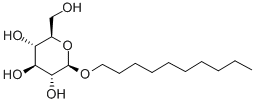
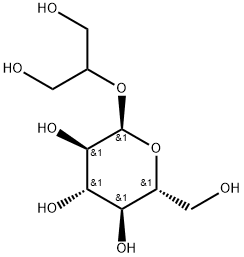
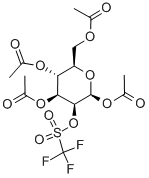

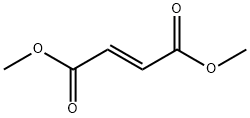



You may like
-
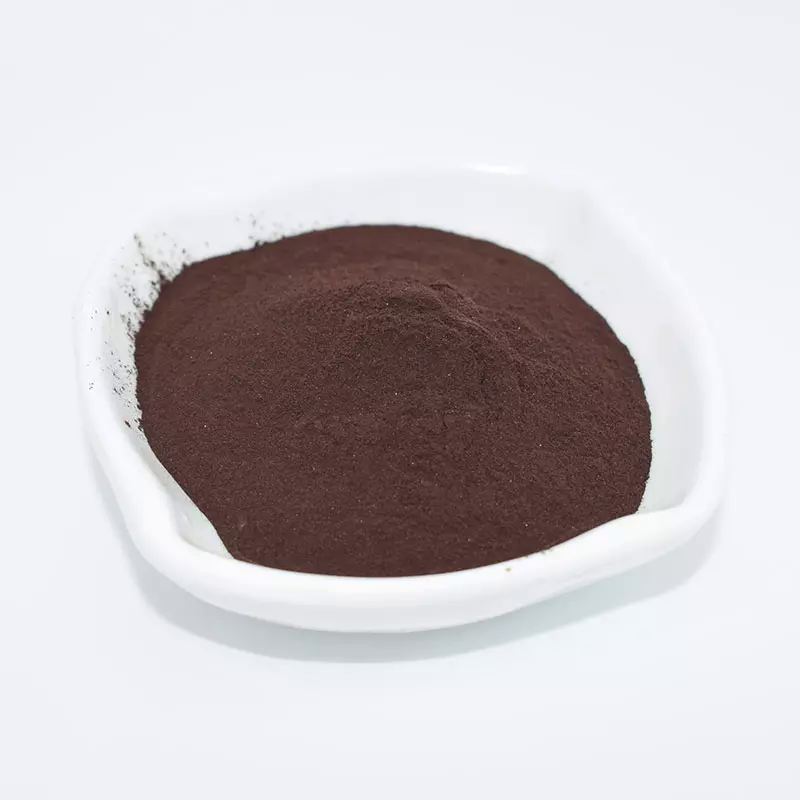 59870-68-7 Glabridin 98%View Details
59870-68-7 Glabridin 98%View Details
59870-68-7 -
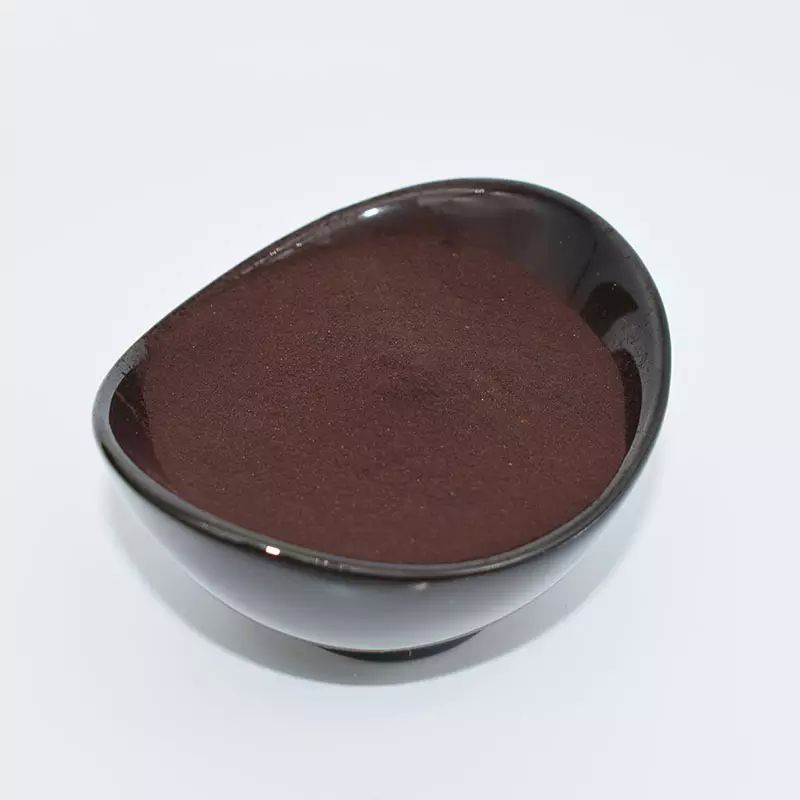 59870-68-7 99%View Details
59870-68-7 99%View Details
59870-68-7 -
 Glabridin 99% (HPLC) CAS 59870-68-7View Details
Glabridin 99% (HPLC) CAS 59870-68-7View Details
59870-68-7 -
 Glabridin CAS 59870-68-7View Details
Glabridin CAS 59870-68-7View Details
59870-68-7 -
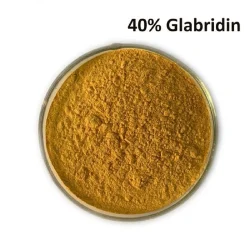 Licorice Root Extract Glabridin 40%., 25 Kg, Non prescriptionView Details
Licorice Root Extract Glabridin 40%., 25 Kg, Non prescriptionView Details
59870-68-7 -
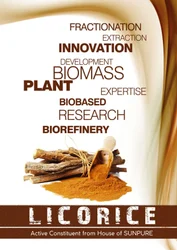 Licorice Extract Glabridin, Packaging Size: 25 Kg, Packaging Type: Hdpe DrumView Details
Licorice Extract Glabridin, Packaging Size: 25 Kg, Packaging Type: Hdpe DrumView Details
59870-68-7 -
 20677-73-0 (2,2-diethoxyethyl)methylamine 98%View Details
20677-73-0 (2,2-diethoxyethyl)methylamine 98%View Details
20677-73-0 -
 3-(4-(hydroxyamino)-1-oxoisoindolin-2-yl)piperidine-2,6-dione 98%View Details
3-(4-(hydroxyamino)-1-oxoisoindolin-2-yl)piperidine-2,6-dione 98%View Details
